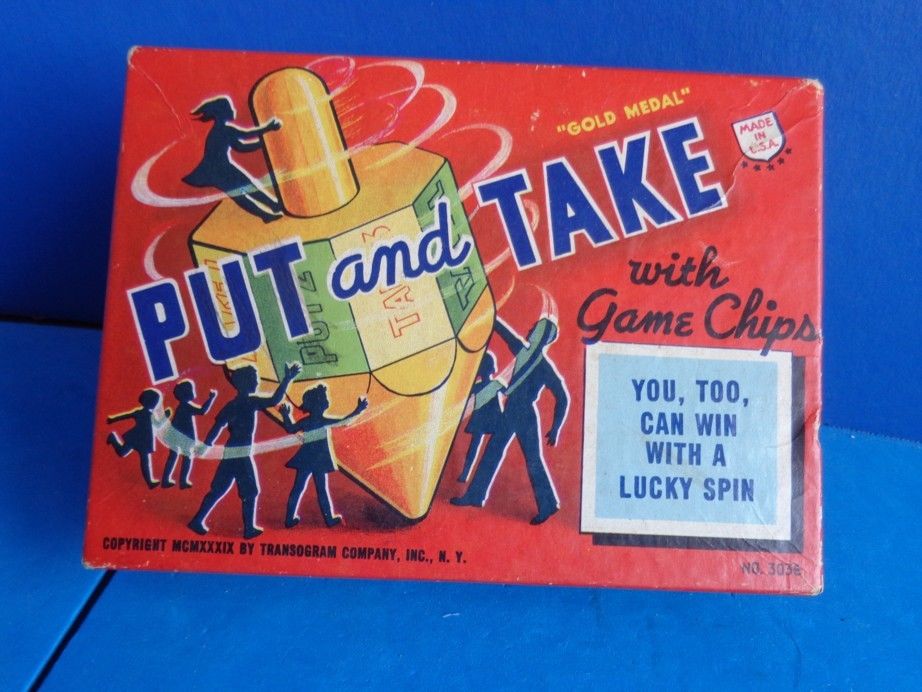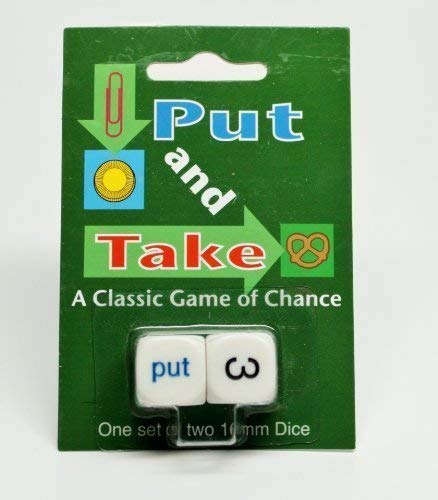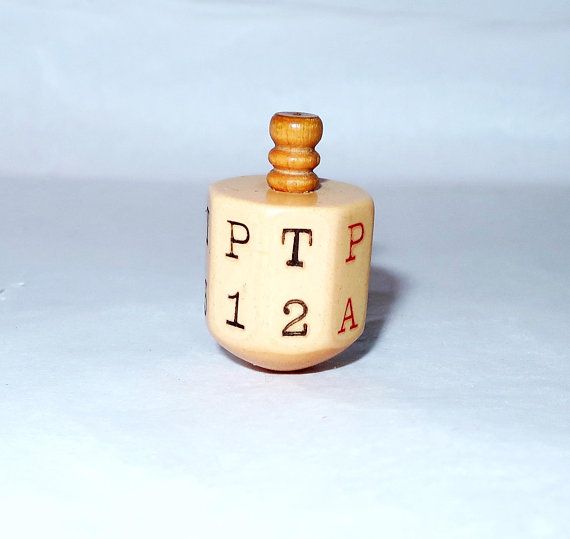Understanding the Put and Take Game: History and Rules
Put and Take is a classic gambling game that blends simplicity with excitement-and, in some cases, deception. While you can find honest versions using regular dice or fair spinning tops, the game’s exact origins are a bit hazy. Some believe it began as an innocent pastime, while others suspect it was designed as a vehicle for scams from the very start.

At its core, the game uses a multi-sided spinning top, reminiscent of a dreidel, or specially marked dice. Each side of the top or die instructs players to either “put” money into the communal pot or “take” money out. Variations of the game have existed for centuries, including a historical version known as “Teetotum.”
The basic flow of the game is as follows:
- Each participant adds a dollar to the pot.
- The top is spun; the result indicates the next action:
- “P2” (Put 2): Add two more dollars to the pot.
- “T2” (Take 2): Remove two dollars from the pot.
- “PA” (Put All): Contribute an amount matching what’s already in the pot, effectively doubling it.
- “TA” (Take All): Collect the entire pot; everyone else ante up to continue.
Some versions employ two dice-one detailing “Put” or “Take” instructions, the other with numbers or extra actions-adding variety to each round.

This mix of chance and the allure of quick gains keeps the game engaging-and, as history has shown, an irresistible setup for hustlers.

Exploiting the System: How Crooked Tops Rig the Game
The innocence of Put and Take can quickly fade when a rigged device enters the picture. Crooked Put and Take tops are engineered with subtle modifications-usually by shaving or angling the edges-so the top lands on “Take” far more often when spun in a certain direction. The con artist can play fair most of the game but, whenever needed, simply reverse the spin and increase their odds dramatically.

To execute the scam:
- The cheater blends in, wins moderately, and ensures no obvious pattern emerges.
- Periodically, the top is swapped for a genuine one, making detection difficult.
- By varying between fair and “lucky” wins, the scammer remains under the radar, only drawing suspicion if they never lose.
A famous cinematic example of this ploy appears in “The Grifters,” where a character uses a found die to tempt unsuspecting players into a seemingly harmless game.

The Mechanics of the Put and Take Scam
What transforms Put and Take from simple cheating into an elaborate double con? The answer lies in orchestrated teamwork and psychological manipulation.
The scam often unfolds in several stages:
- The hustler befriends a regular in a card game, often at a local bar or restaurant.
- He introduces the Put and Take top, proposing casual side bets that evolve into full games.
- After demonstrating repeated “luck,” the hustler privately admits the top is fixed-showing the mark how spinning in one direction delivers consistent wins.
- The cheater, feigning guilt, offers to sell the rigged top to the mark, who eagerly pays, believing he now holds a powerful secret.
But the scheme doesn’t end there. Weeks later, as the mark employs the tricked device against friends or customers, a second con artist arrives:
- The new player raises the stakes, suggesting larger wagers.
- Confident in his advantage, the mark accepts-only to lose as the second hustler skillfully swaps in a top rigged in the opposite direction.
- When the mark’s funds vanish, the hustler reveals the switch and accuses the mark of cheating, leaving the mark exposed and out of pocket.
To erase all evidence, the top is swapped again, this time for a standard, unaltered one, minimizing the chance of legal repercussions.
Lessons Learned: The Enduring Relevance of Con Games
While the Put and Take scam may originate from a bygone era, similar tricks occasionally surface today in private games, cruise ships, and casual social gatherings. In the modern age, the principles behind these scams have even migrated to digital arenas, such as manipulated software or rigged online games.
The overarching lesson is timeless: Avoid wagering on another person’s turf with unfamiliar equipment. Whether you’re presented with a spinning top, a pair of dice, or a unique piece of software, exercising caution and skepticism is crucial to safeguarding your funds and your reputation.
Come back soon for a look at one of history’s most audacious con artists-Count Victor Lustig-and stay sharp wherever games of chance are played.













